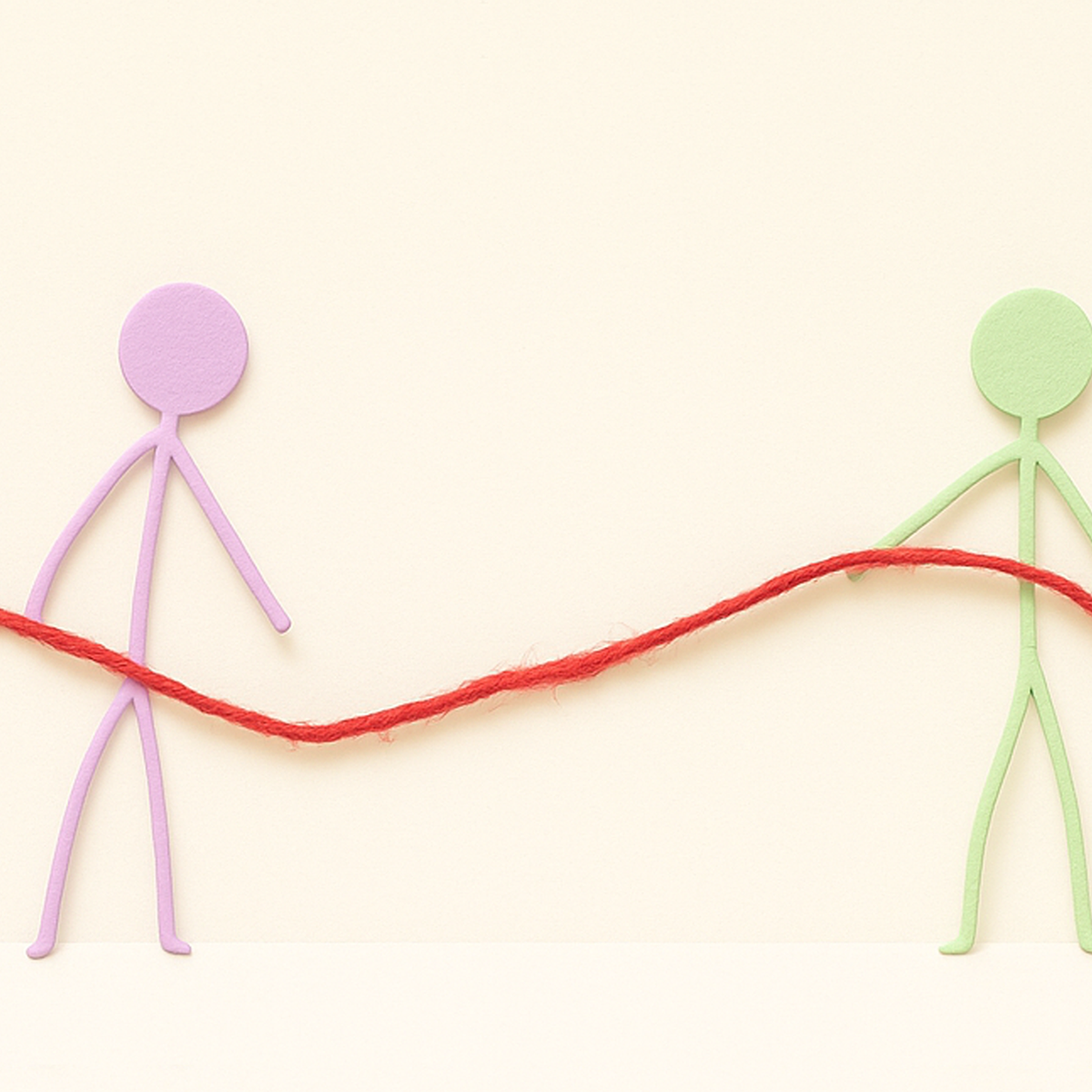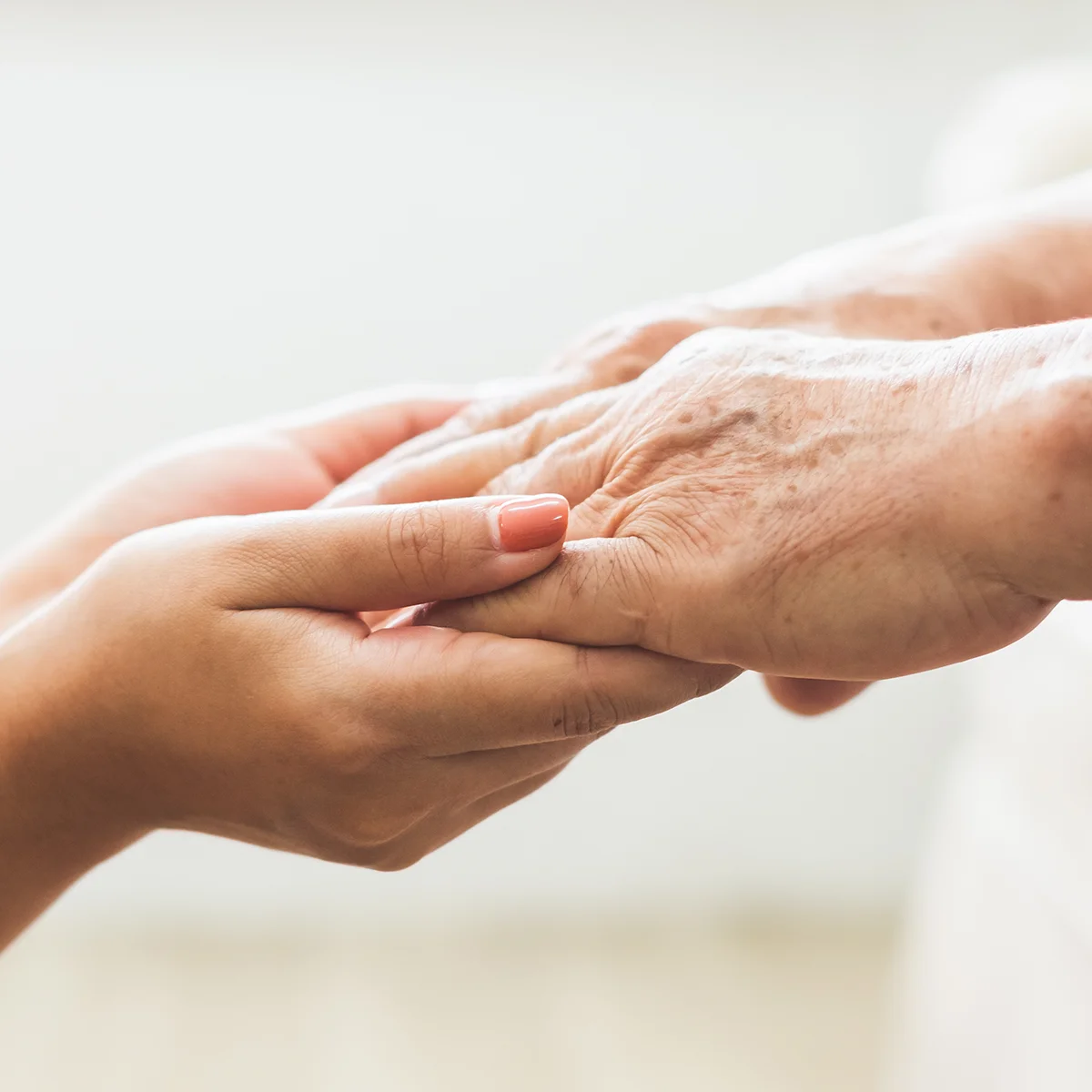I still remember my first visit to the doctor after moving to the United States. I was learning English and trying to understand a system that was unfamiliar. The woman at the front desk didn’t look up when I approached. Her voice was rushed, with a tone that made me uneasy. I didn’t feel comfortable asking her questions, and that made everything harder. I wasn’t sure if I should wait to be called or walk to the counter, whether to hand the forms back or keep them. I stood there feeling lost and embarrassed, and my appointment had not even started yet.
That moment stayed with me, not because of what was said, but because of how unseen I felt. Years later, I still think about it, but with curiosity. I wonder how many people walk into healthcare spaces feeling the same confusion, and how the smallest design choices could help someone feel a bit more grounded.
Seeing with intention
Design shaped by empathy begins long before colors or icons. It starts with pausing long enough to notice what is really happening around us. Someone hesitating at the counter. Someone looking confused when reading a form. Someone looking around the room hoping for guidance.
When I think about that first visit, I do not remember the medical part at all. I remember how cold the interaction felt, the fast instructions, and the sense that I should already know the rules. Those tiny moments create the emotional landscape people carry into their appointments. They shape trust long before any treatment.
The things we often overlook
A considerable part of the healthcare experience happens outside the exam room.
The front desk. The clipboard placed in your hands without further explanation. The waiting room. The hallway with signs pointing in different directions.
None of this is medical, yet all of it matters. The tone someone uses and a simple line that says, “Please return this form to the front desk” are small details that signal respect. They say, “You are welcome here.”
Acknowledging these details helps people feel supported.
What design can hold
When I revisit that new-to-the-system version of myself standing in that clinic, I imagine what could have helped her feel less overwhelmed. Maybe clearer instructions. Maybe a form with fewer steps. Maybe signage that made the process obvious without needing to ask.
So much of health literacy design is about removing the friction that makes people feel inadequate. Thoughtful design cannot remove the stress of illness, but it can remove the stress of confusion.
Why it matters
Healthcare moves fast. It has to. But when everything moves quickly, people can be unsure of what to do next. I think about how design can slow the experience just enough to help someone breathe.
- A waiting room arranged in a way that feels calm.
- Forms that are simple to follow.
- Signage placed where people need it most.
- Visuals that make the next step easy to understand.
None of these change the medical outcome, but they change how people feel inside the process. And feeling safe enough to understand what is happening is part of care.
The bottom line
Design has power when it makes people feel seen. When it clears the path rather than adding to the weight people already carry.
Empathy in design is not extra. It is a way of creating spaces, materials, and moments that remind people they matter.
That can be the first step toward care.





